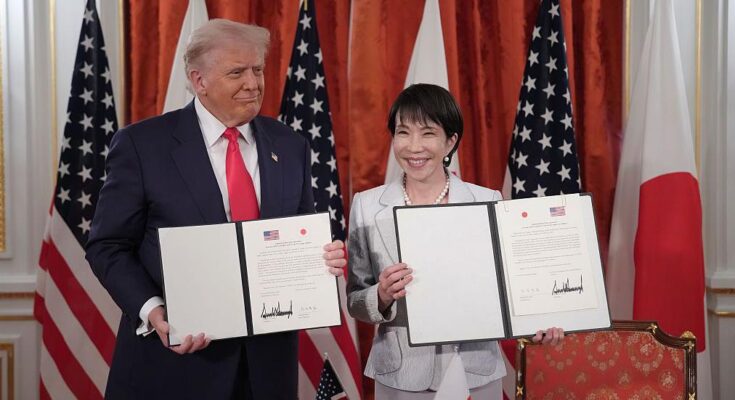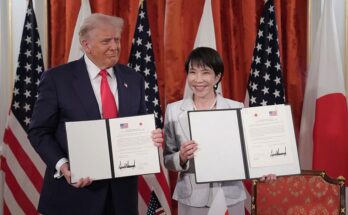Toyota Will Build New Plants Across the U.S. Worth Over $10 B—Here’s What That Means
There’s something quietly massive unfolding right now. Toyota, the Japanese automotive powerhouse, has announced plans to build new manufacturing plants across the United States with an investment worth over $10 billion. This isn’t just another corporate press release—it’s a strong vote of confidence in American industry and workers, and one that carries real implications for jobs, manufacturing, and national economics.
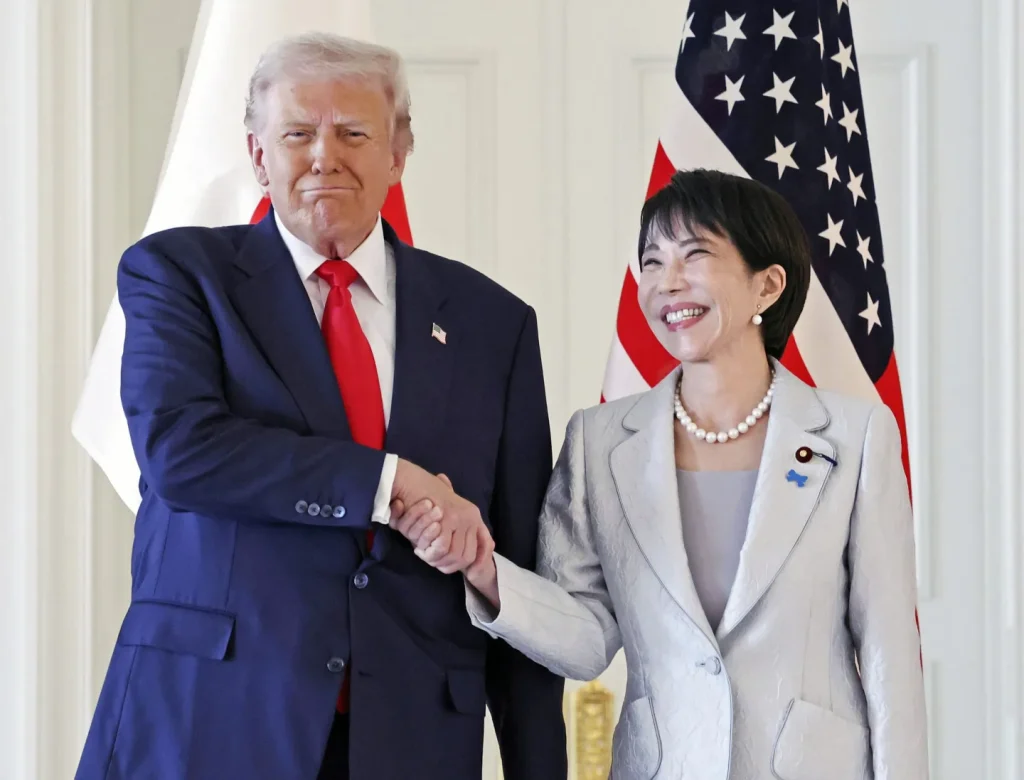
Imagine the visual: assembly-lines coming to life, thousands of workers clocking in, new plants rising across states that have felt the sting of factory closures and global supply-chain shifts. Toyota’s decision isn’t just about cars—it’s also about reclaiming manufacturing strength and repositioning the U.S. as a place where big production happens again. The message is clear: global companies still believe in America’s workforce and infrastructure.
The timing of this announcement is critical. With global competition heating up and supply chains under pressure, Toyota’s new investment helps them hedge risk while staying closer to raw materials, logistics and customers. At the same time, the U.S. benefits by gaining fresh capital, job growth, and renewed industrial hubs. It’s the kind of win-win scenario that doesn’t come along every day.
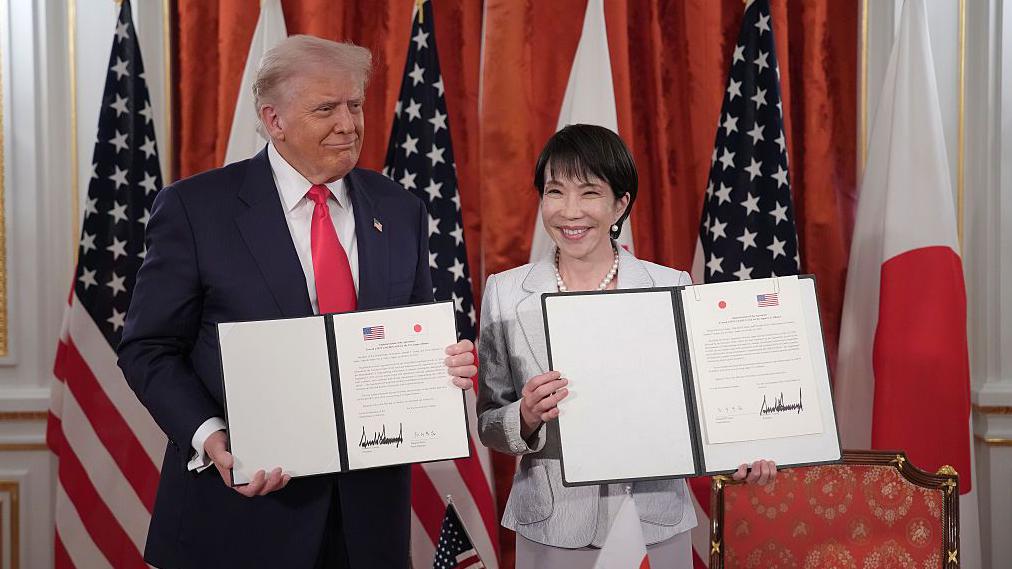
Workers in states flagged for these new plants are no doubt already imagining what this could mean for them—steady employment, new roles, career growth. Meanwhile, suppliers, local governments and service firms will feel the ripple effect. The fact that one company is committing tens of billions in investment sets a tone: manufacturing is back in focus in America.
Yet there’s a deeper, almost emotional undercurrent here. For many communities affected by decades of offshoring, seeing a giant like Toyota invest in the U.S. sends a message of hope. It says that the talent, the infrastructure, and the will to build are still here. It reminds people that producing, constructing and manufacturing isn’t just done overseas—it can happen right here at home.
Of course, large investments always come with questions. Which states will land these plants? What kinds of jobs will they create—and how soon? How much of the workforce will require upskilling or training? Will the ripple effect spread into entire regions? These are valid concerns. But even with uncertainties, the announcement signals a shift in momentum: global manufacturing is rethinking its geography, and America is upper in that rethinking.
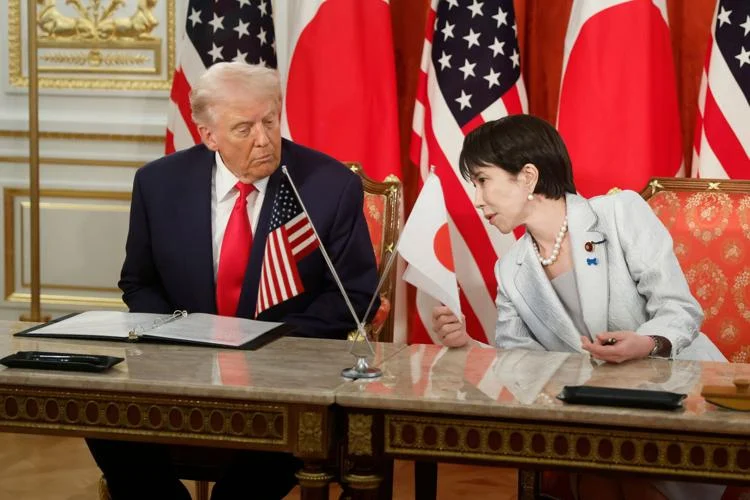
For Toyota itself, this move strengthens its long-term strategy. The company has been vocal about expanding its electric vehicle and advanced technology capabilities. Investing in U.S. plants lets Toyota stay competitive, responsive and strategically positioned. It also aligns with broader U.S. economic goals—reshoring, strengthening domestic supply chains and creating family-wage jobs. When big business and national interest align, that’s a sign something meaningful is happening.
As this news settles in, people might not watch every crane go up, or follow every job listing. But the impact will show up in communities—more available jobs, more local activity, more optimism. For a generation that grew up watching factories close or move abroad, seeing manufacturing return offers a different narrative.
So yes—Toyota’s $10 billion investment isn’t just about factories and vehicles. It’s about trust in an American workforce, belief in the value of manufacturing, and a statement that U.S. industry still matters. When a company of this scale chooses America, it’s more than business—it’s belief. And that belief could very well change lives, towns and whole states for the better in the years ahead.
